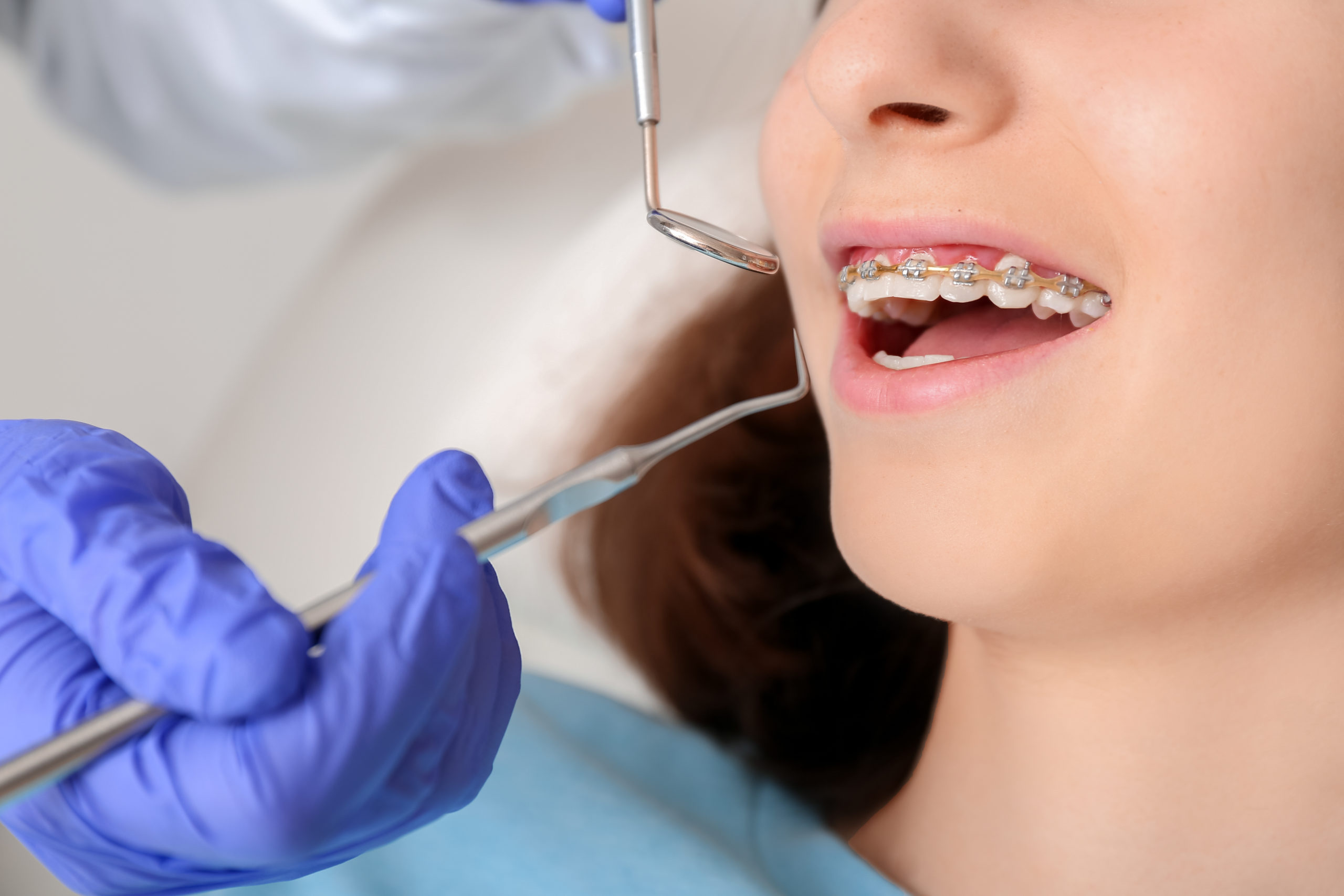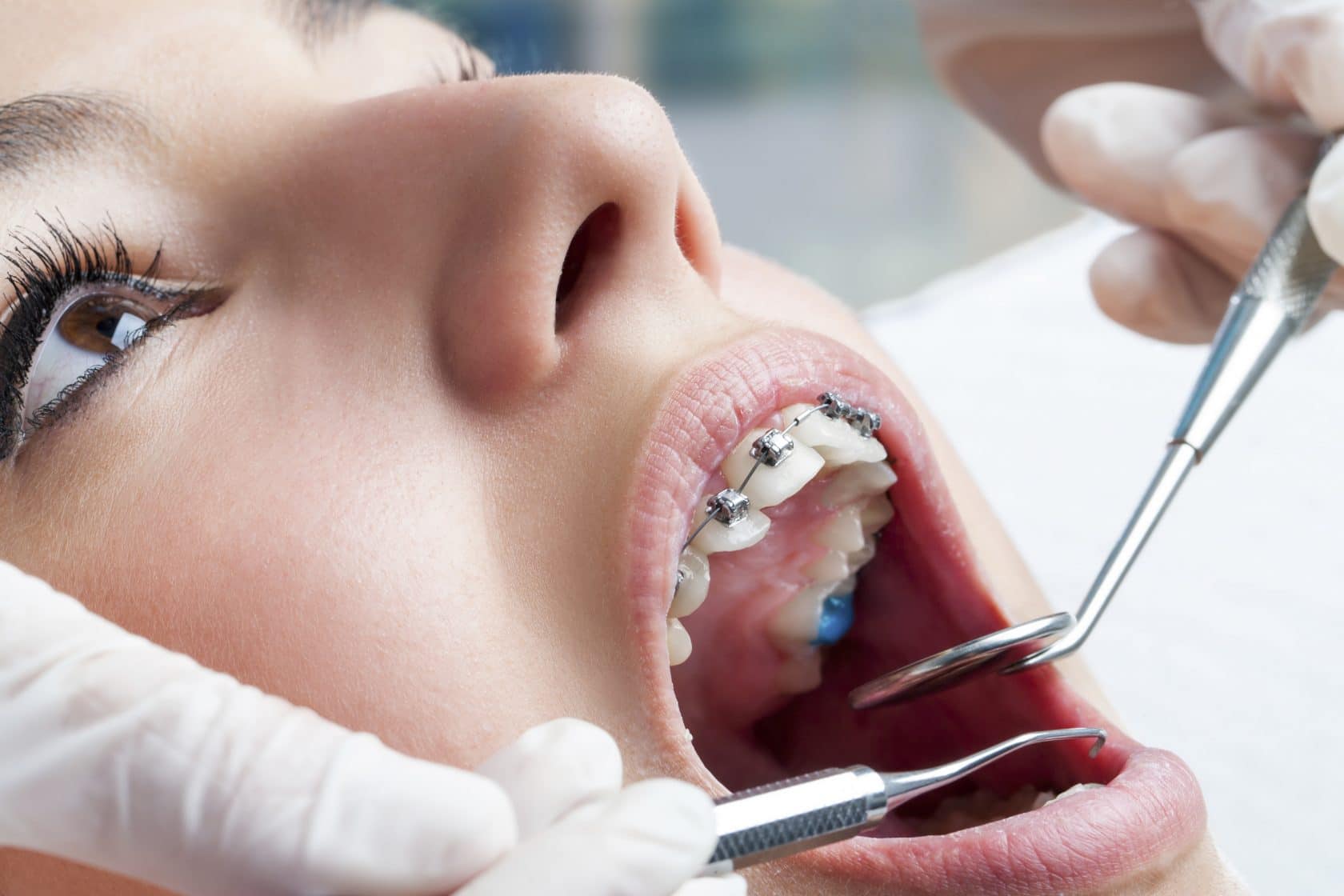How Cumming Orthodontics Addresses Common Braces and Invisalign Concerns
How Cumming Orthodontics Addresses Common Braces and Invisalign Concerns
Blog Article
Comprehensive Guide to Orthodontics Treatments for Fixing Oral Misalignments
In the realm of orthodontics, the trip to accomplishing a flawlessly lined up smile entails a myriad of procedures customized to remedy dental imbalances. From traditional braces to unseen aligners and even surgical choices, the area of orthodontics provides an array of solutions to attend to differing levels of dental irregularities. Recognizing the intricacies of each treatment, including their devices, benefits, and possible disadvantages, is crucial in making notified choices concerning one's orthodontic therapy. As we browse with the detailed overview to orthodontic treatments for correcting dental imbalances, the detailed details of each technique will certainly unravel, losing light on the path toward a harmonious and practical oral placement.
Orthodontic Procedures Review

Normal adjustments and tracking are essential components of orthodontic therapy to make certain development is on track and to make any kind of necessary adjustments along the means. By undergoing orthodontic procedures, clients can not just achieve a straighter grin yet also improve their general dental health and function.
Standard Dental Braces: Just How They Work
When thinking about orthodontic therapies for oral imbalances, conventional braces stand out as a tried and true method for remedying teeth positioning. Traditional braces consist of braces, wires, and bands that function together to apply continuous stress on the teeth, gradually relocating them right into the preferred placement.
As pressure is used to the teeth via the dental braces, the bone surrounding the teeth is reshaped to sustain the brand-new tooth positions. Clients will certainly require regular adjustments at the orthodontist's office to ensure the braces continue to apply the right stress for reliable teeth movement.
Undetectable Aligners: Cons and pros
Undetectable aligners use a convenient and discreet alternative to conventional dental braces for remedying oral imbalances. These clear, personalized trays are virtually invisible when worn, making them an attractive option for individuals seeking a more aesthetically pleasing orthodontic treatment. One of the main advantages of unnoticeable aligners is their removability, enabling for much easier maintenance of oral hygiene contrasted to standard braces. Individuals can get rid of the aligners prior to eating or cleaning their teeth, minimizing the danger of food getting stuck in the device and streamlining the cleansing procedure.

Surgical Orthodontic Options
Surgical treatments in orthodontics present practical choices for resolving complex dental misalignments that may not be effectively imp source fixed with standard orthodontic therapies. While conventional braces and undetectable aligners can fix numerous orthodontic problems, specific situations need medical treatment to achieve optimum outcomes. Surgical orthodontic options are typically advised for extreme malocclusions, considerable jaw disparities, and situations where the underlying bone framework requires modification to achieve correct placement.
One common surgical orthodontic treatment is orthognathic surgery, which involves repositioning the jaws to deal with functional problems such as trouble chewing or talking. This surgery is often performed in cooperation with an orthodontist that assists straighten the teeth before and after the treatment. Surgical orthodontics may additionally entail treatments to expose influenced teeth, eliminate excess periodontal tissue, or improve the jawbone to produce a much more unified facial profile.
Prior to considering surgical orthodontic alternatives, individuals undergo a detailed evaluation to figure out the need and potential benefits of such treatments. cumming orthodontics. While surgical treatment may appear complicated, it can considerably improve both the feature and looks of the smile in cases where standard orthodontic therapies drop short
Retainers and Post-Treatment Care

Failure to comply with post-treatment treatment instructions can result in relapse, where the teeth slowly relocate back towards their initial settings. Regular retainer wear, great oral hygiene, and normal dental examinations are important for preserving the outcomes achieved via orthodontic surgery and ensuring the lasting stability of the dealt with dental placement.
Conclusion
In verdict, orthodontic treatments offer different choices for fixing dental misalignments. Surgical orthodontic options are readily available for more extreme misalignments. In general, orthodontic treatments can efficiently enhance oral view health and wellness and aesthetic appearance.
As we navigate through the comprehensive overview to orthodontic treatments for correcting dental imbalances, the detailed details of each approach will unfold, dropping light on the path toward a unified and useful oral positioning. - cumming orthodontics
One of the most usual orthodontic therapies is the read more usage of braces, which are composed of metal brackets and wires that use gentle stress to progressively shift teeth into the desired position.When thinking about orthodontic therapies for oral misalignments, conventional braces stand out as a reliable method for fixing teeth placing. Additionally, unseen aligners may not be suitable for intricate orthodontic issues that need even more significant teeth motion, as they are generally recommended for mild to moderate instances. Retainers are tailor-made orthodontic devices developed to hold teeth in their fixed settings after the conclusion of orthodontic treatment.
Report this page